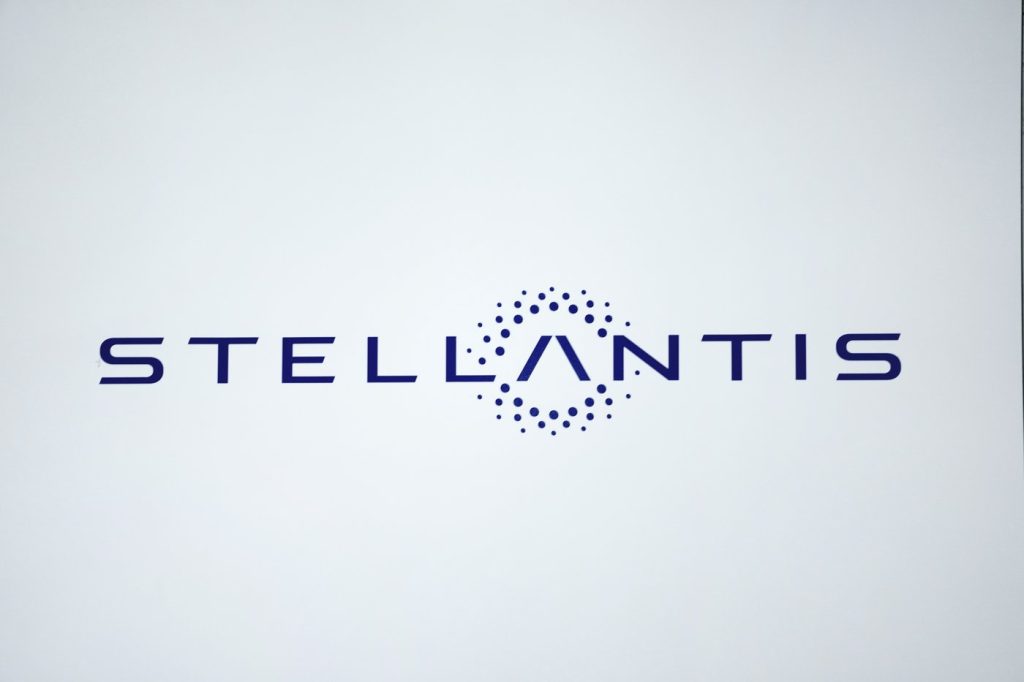MILAN (AP) – Stellantis, the world's fourth-largest automaker formed from the merger of Fiat Chrysler and PSA Peugeot, is addressing the anticipated 1.5 billion-euro ($1.7 billion) cost of tariffs this year by enhancing profitability in North America through the launch of new models. This strategy includes the return of the discontinued Jeep Cherokee, as per statements from the carmaker's newly appointed CEO, Antonio Filosa, on Tuesday.
Stellantis is currently engaged in discussions with U.S. officials regarding measures to mitigate the adverse effects of tariffs, especially those impacting vehicles produced in Canada and Mexico. Filosa expressed support for U.S. President Donald Trump's job creation strategy, indicating that tariffs can be utilized as a means to boost domestic auto production.
The CEO, who was confirmed in his role last month, emphasized the importance of adjusting the tariff regime to recognize the high percentage of U.S. components used in vehicles manufactured in Canada and Mexico. Of the 16 million vehicles Stellantis produces for the U.S. market, 8 million are made in domestic plants, 4 million in Canada and Mexico, and 4 million are imported from Europe and Asia, which include minimal U.S. components.
To facilitate a turnaround in the U.S. market, Stellantis is set to relaunch several models in the second half of 2025, including a new Jeep Cherokee and the popular internal combustion engine (ICE) Dodge Charger, both of which were previously terminated by prior management. Earlier this year, Stellantis also reinstated the Ram Hemi V8 in response to dealer and consumer demand, an action deemed "a quick, smart, impactful corrective action" by Filosa.
The new Jeep Cherokee will be manufactured in Mexico, and Filosa revealed that efforts are underway to reduce production costs "so we can totally offset the tariffs effect." Furthermore, Stellantis has already absorbed 300 million euros ($350 million) of the expected tariff impact in the first half of 2025, as the company reported losses amounting to 2.3 billion euros (nearly $2.7 billion). This loss coincided with a nearly 25% decline in U.S. shipments due to reduced imports from foreign production facilities.
For comparison, in the same period last year, Stellantis had reported net profits of 5.6 billion euros ($6.5 billion). The company faced substantial cash outflows of 3.3 billion euros, stemming from the termination of a hydrogen fuel cell project, changes in U.S. carbon emission regulations, and write-downs on various platform investments.
Looking ahead, Stellantis forecasts an increase in net revenues over the next six months compared to the first half of the year, when revenues decreased by 13% to 74.3 billion euros ($85.7 billion). The automaker also anticipates improvements in cash flow, with Filosa affirming that the new executive team is committed to making challenging decisions required to restore profitable growth and enhance the company's financial performance.










